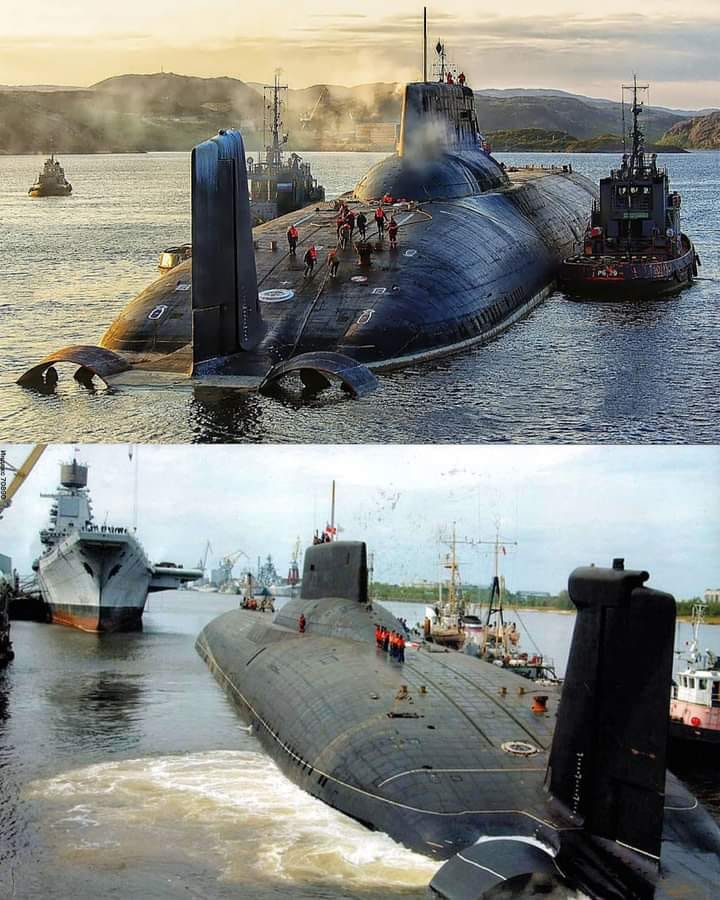
Why are submarines so slow?
Submarines are among the most fascinating and powerful machines in the world. They can dive deep into the oceans and perform various tasks, such as spying, attacking, exploring, or rescuing. However, they are also known for being very slow compared to other vehicles. The average speed of a submarine is around 5 to 10 knots, which is equivalent to 6 to 12 miles per hour. This is much slower than the speed of a car, which can travel at around 60 miles per hour. Why are submarines so slow? There are several reasons for this.
One reason is that submarines are designed to be stealthy and avoid detection, which requires them to move slowly to minimize the noise they make. Submarines use propellers or jet propulsion to move through the water, but these also create sound waves that can be picked up by sonar or hydrophones. The faster the submarine moves, the louder it becomes, and the easier it is for enemies to locate and track it. Therefore, submarines have to balance their speed and their stealth, and often choose to sacrifice the former for the latter.
Another reason is that submarines are bulky and heavy, and not designed for speed, but rather for endurance and carrying large payloads. Submarines have to carry a lot of equipment and weapons, such as torpedoes, missiles, mines, sensors, batteries, fuel, and crew. They also have to withstand the high pressure and low temperature of the deep sea. All these factors add weight and drag to the submarine, making it harder to accelerate and maneuverer. Submarines are also limited by their power source, which can be diesel-electric or nuclear. Diesel-electric submarines have to surface periodically to recharge their batteries using air-breathing engines, which reduces their speed and stealth. Nuclear submarines can stay submerged for longer periods of time, but they also generate more heat and noise.
Despite their slow speed, submarines are still an important part of modern warfare and science. They can carry out missions that other vehicles cannot do, such as attacking enemy ships or submarines, launching strategic nuclear strikes, protecting friendly ships or aircraft carriers, conducting covert operations behind enemy lines, exploring and mapping the ocean floor, collecting data and samples of marine life, water, rocks, and minerals for scientific analysis, recovering lost items from sunken ships or planes, or offering underwater sightseeing tours or rides to visitors. Submarines have changed the course of history and enriched our knowledge and culture.




Regarding the speed of submarines. For security reasons you will never find out how fast a sub can travel underwater.
I believe they can travel at speeds around 60+ klms per hour. I was in the RAN comms and my above estimated speed is / was for the ”O” class subs
Many years ago, during the period of late 1970s and early 1980s, I was an Armourer with the P3 Orion squadron. We often heard that when we were chasing the US Navy submarines, that they could travel up to about 35knots. Yes, at that speed we could track them with some of the electronic devices on the P3-B and certainly those of the P3-C. However, the joke was that if we were simulating the fact that we had the old Mk 44 torpedoes on board, their subs could out run an old Mk 44 torpedo!! During many exercises, we could usually find a nuclear sub (if he was not stationary), at about 15 to 20 miles range. However, to find one of our own, (diesel/electric) subs, they were very difficult to find, unless they were on or near the surface recharging. The clear advantage of the nuclear submarine was that it could stay submerged for very long periods of time. They could go very fast if the occasion arose, or otherwise could travel at a slower speed and remain undetected.